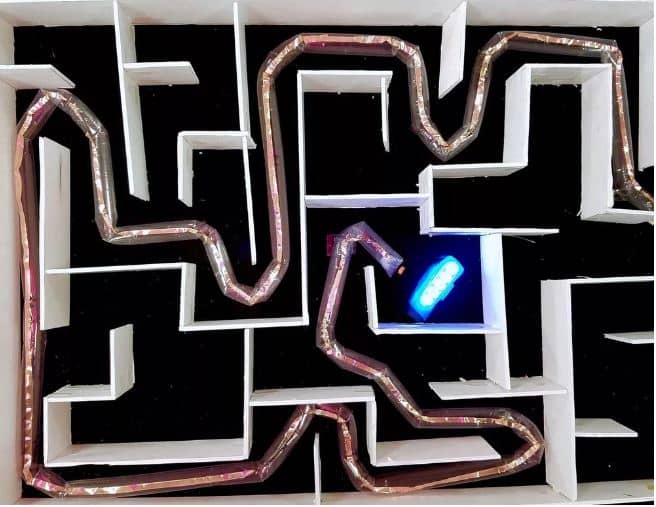As we have seen time and again, our best bet to create an efficient robot is to base it on the designs of nature. This is exactly what the scientists had in mind, when they created this tendril/plant-inspired creation that “grows” when moving.
The group of scientists has created a “soft robot” that has plant-like movements. The research is published in the journal Science Robotics, and one of these robots can,
“extend from its tip to thousands of times its original body length at a speed comparable to animal and robotic locomotion.”
Joey Davis Greer, an author of the paper, spoke to media and said that the ‘growth robots’ is the next new trend in robotics. He said that copying plant movement fulfills two purposes:
“First, its length can increase on the order of 1,000 percent, similar to a plant. Second, and maybe more importantly, is that if you were to watch a time-lapse of a growing root, its body does not slide with respect to its environment as it grows.”
This allows the robot to move with ease and in close corners and difficult to reach places, like on fire buildings, and even within human bodies!
The tentacle has a camera and onboard sensors that help it steer through the surroundings autonomously at a speed of up to 22 mph. The robot uses tip eversion, which uses pressure to make the tip extrude new material, which ensures the essential growth of robot.
“The tip of the growing robot behaves like half of a water wiggle toy and the other half of the robot is fixed at its base,” Greer says.
Besides fitting through narrow spaces, it can lift or push objects, and can even turn into a fire hose or radio antennae. The combination of the robot’s internal pressure, coupled with large surface area, allows it to lift heaviest of the objects. For example, a robot with a pressure of three pounds per square inch would be able to lift up to 300 pounds, if it was resting on a 100-square-inch crate.
Greer says that he, too, is shocked at how well the robot can squeeze into tight spaces,
“One thing we found with this growing robot, is that it is surprisingly difficult to stop from lengthening when it is pressurized — if there is a way it can extend, it probably will,” he says.
Watch it in action below!

